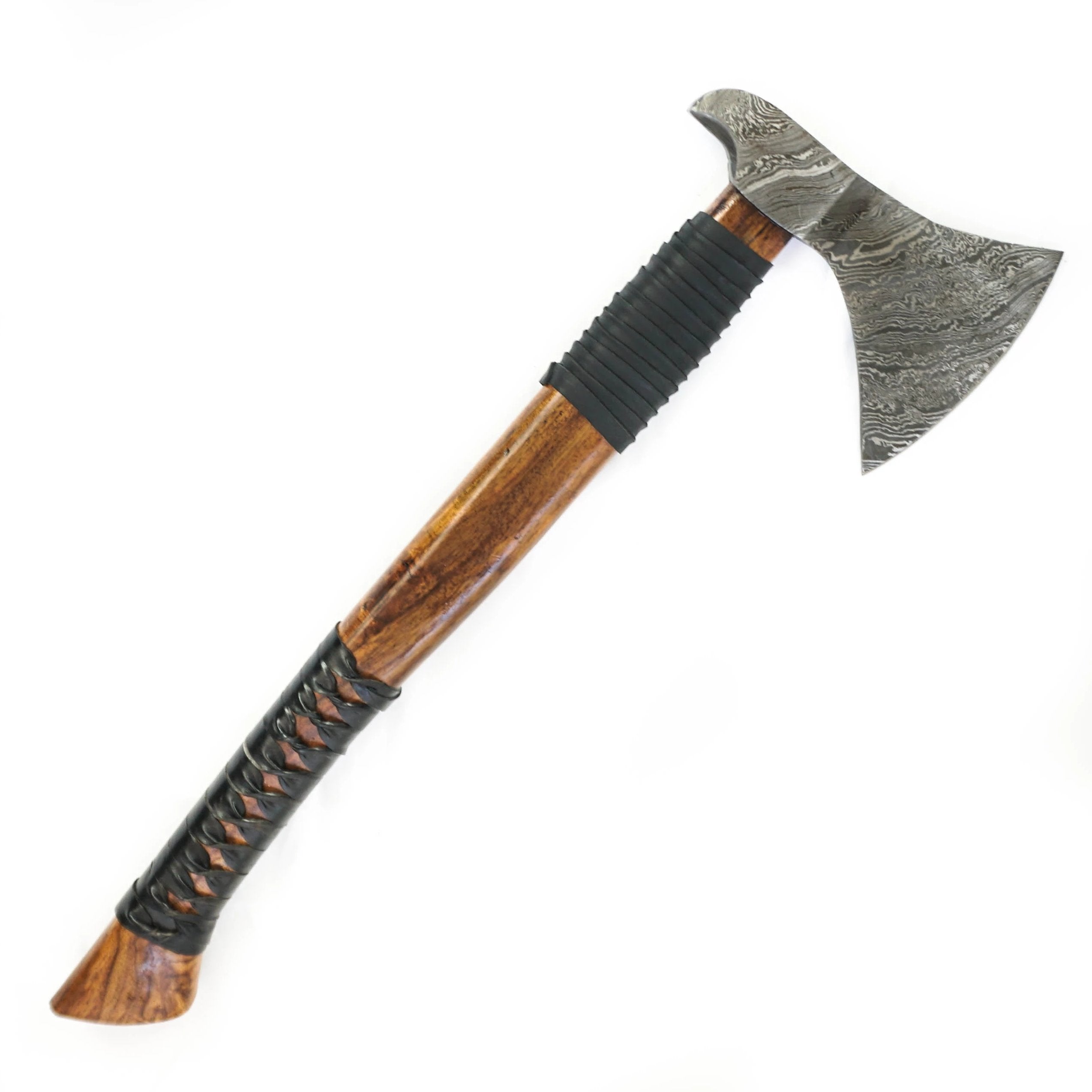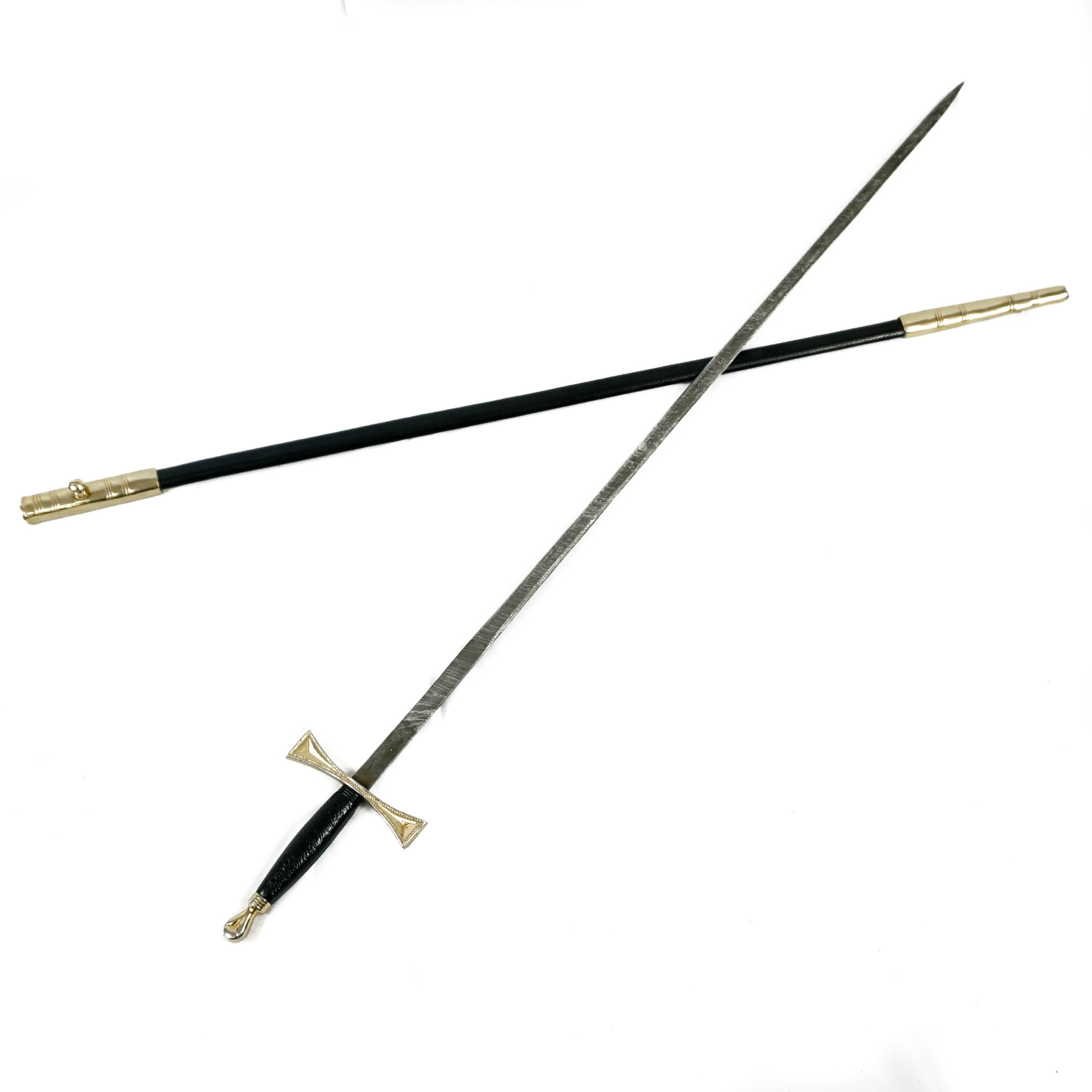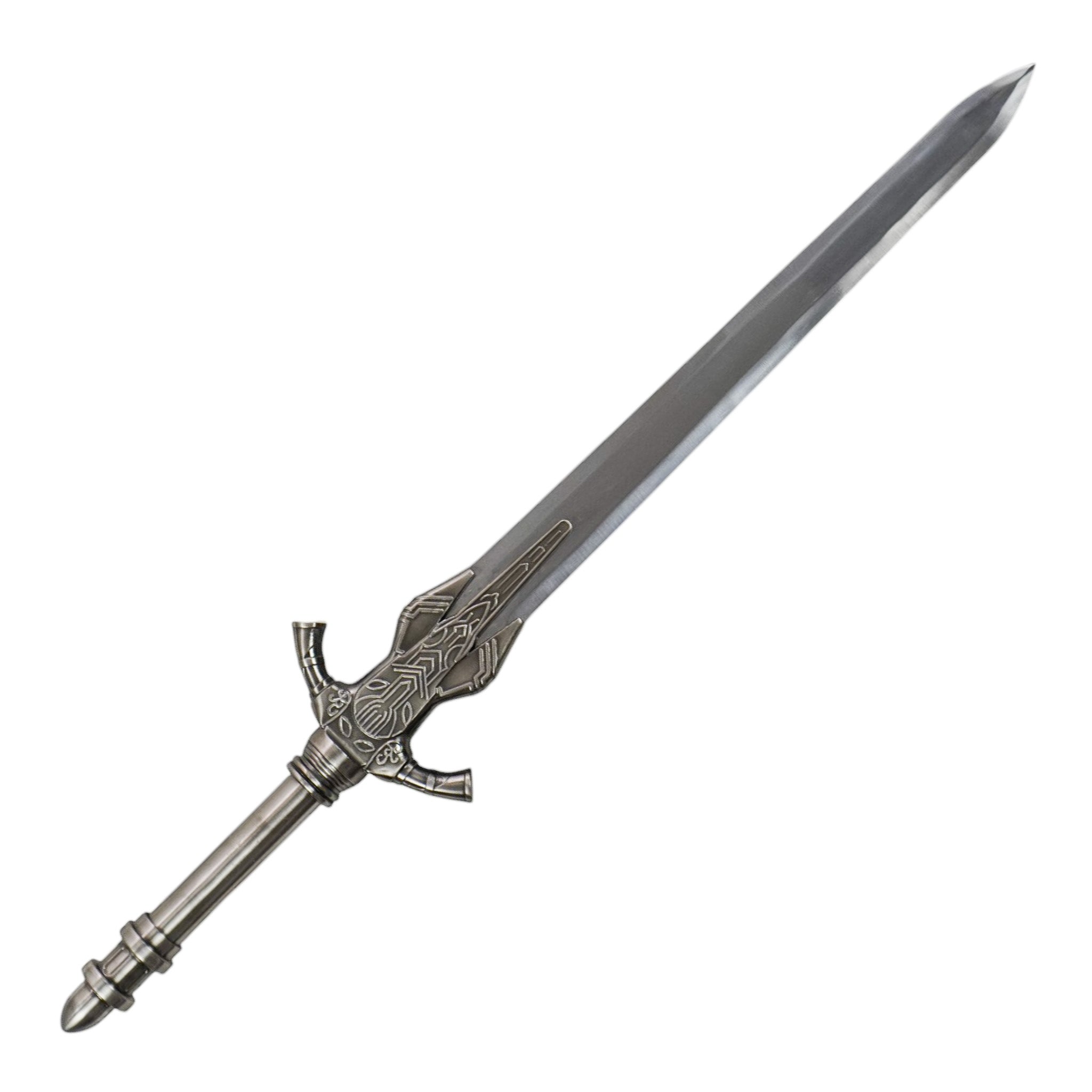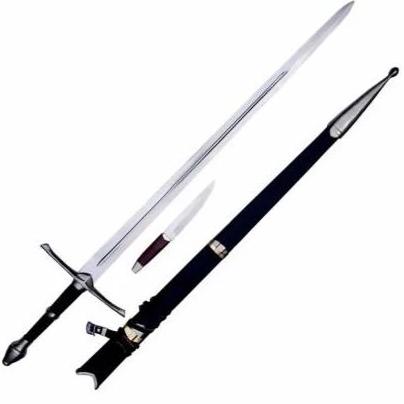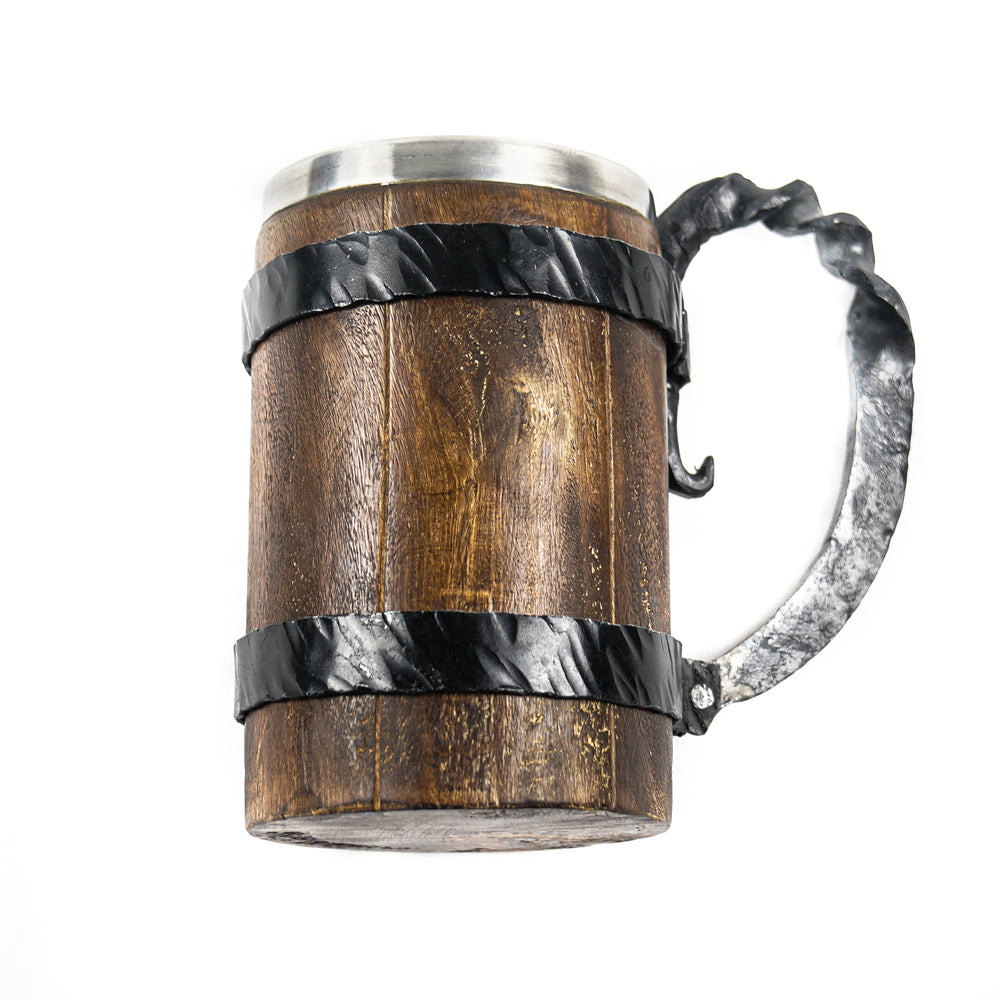Cavalry Sword Overview
This Cavalry Sword, a variant of the backsword, showcases a rich history and diverse design. Originally popular with infantry for its simplicity and cost-effectiveness, the backsword evolved over time. In the early 17th century, European cavalry favored a version with a straight, slender blade and blunt tip. By the 18th century, this style became predominant. These swords typically feature a single-edged blade, varying in curvature, length, and weight.
Model 1840 Cavalry Saber
- Inspiration: Designed after the 1822 French hussar's sabre.
- Features: Distinct with a ridge around the quillon and a flat, slotted throat.
- Length: 42 inches.
- Usage: Optimized for slashing, earning the nickname "Old Wristbreaker" due to its heavy, flat-backed blade.
- Historical Significance: Widely used during the Mexican–American War by the US Cavalry. Key contractors included Ames of Cabotville, Horstmann, and Tiffany, with additional production in Germany by S&K.
- Production and Legacy: Approximately 23,700 units produced until 1858. Continued issuance during the early US Civil War.
Blade Materials
- Material: Made from 1095 steel, mirroring the hardness of historical rapiers.
- Carbon Content: High carbon level of .95%, one of the highest in sword-making steel.
- Characteristics: Known for edge retention and hardness (56-58 HRC). While less flexible, it withstands high-impact collisions and is easily resharpened.
Sword Specifications
- Handle Material: 1095 Steel
- Overall Length: 38 inches
- Rockwell Hardness: 56-58 HRC
- Sheath: Accompanied by a leather sheath
- Blade Material: 1095 Steel
- Model: Civil War Sword, Model 1840 (M1840)
This piece not only serves as a functional weapon but also as a testament to the historical evolution of military swords, making it an exceptional addition for collectors and enthusiasts alike.

